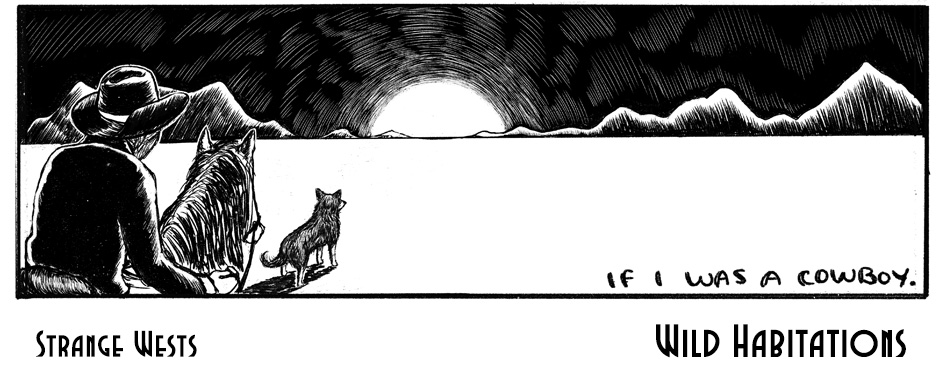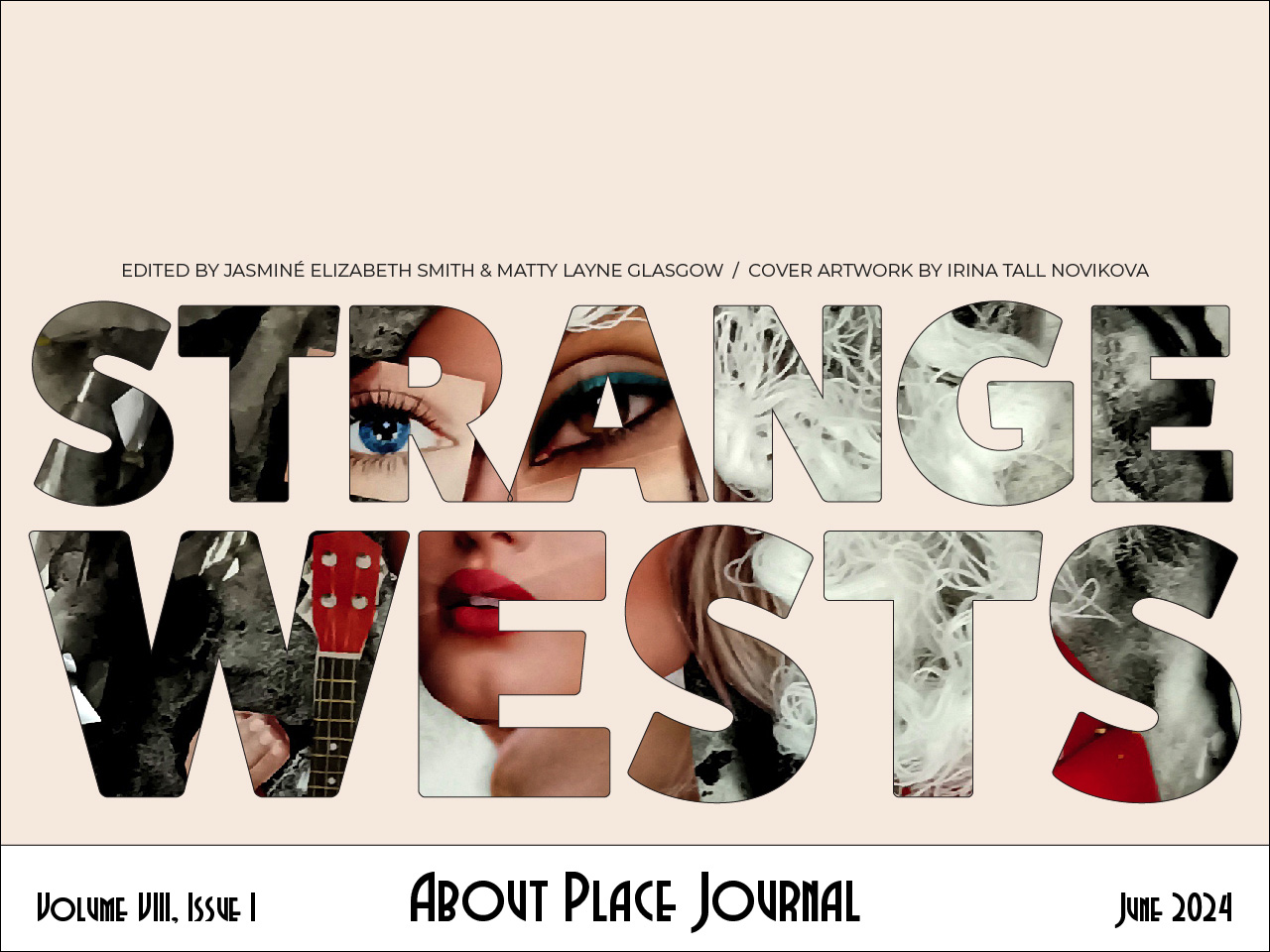The relationship between humans and nature is like a seven-year-old me sitting on my living room floor, trying to get the last few pieces to fit together to complete my puzzle, but I can not manage to get them to fit together. Society relentlessly tries to force the sharp edges of our man-made world to fit with the smooth, round sides of nature. They just don’t fit together. Humans constantly promote rampant consumerism, leaving an excess of used and discarded possessions littering our planet. They just don’t fit together. Selfish humans act out of personal greed by condoning the use of burning fossil fuels, contributing to carbon dioxide emissions. They just don’t fit together. Cutting down forests and farming livestock to supply humans by taking from what isn’t ours. They just don’t fit together. Humans try to fit together harmoniously with the world we live in, but they just don’t fit together. Humanity and nature are like pieces of a puzzle that aspire to fit together to complete the picture of our world. Just as each piece is essential for the whole picture, humans and nature are interdependent; forming a cohesive and interlocking relationship is necessary but unattainable due to human decisions.
I stopped and stared simply to be struck by the ordinary beauty to walk away. Just a few weeks ago, I looked out on the vast expanse of grass generously dotted with dandelions that looked especially whimsical in the budding of the spring sun, and now, the comforting field I routinely walked by when having my evening stroll with my dog was stripped bare. Although not uncommon, I used to not be able to help myself but get lost in the beauty of that very field, my field, feeling so consumed that I was at ease. This practically ritualistic nightly event was no longer my own. This now nauseatingly neat and tidy plot would be someone else’s home, no longer my peace, my sanctuary. This simple little expanse was going to be ruined. The unsuspecting dandelions and pillowing blades of grass were going to be destroyed by the monopolization of construction. The man-made constructions infest nature with no means to protect itself. They do not fit together.
Think about the cityscape, a testament to human growth and inventiveness. Roads wind in complex patterns, skyscrapers pierce the sky, and artificial lights turn night into day. But within this human jigsaw, there’s a quiet conflict. I often try to look up at the sky, each time hoping I’ll see something different than the blank, starless sky looking back at me. Taunting me as if it’s pleased to hide the stars under its veil of light pollution. The inherent beauty of unspoiled landscapes collides with concrete jungles, and the sound of machinery overpowers the harmonious chorus of birdsong. They do not fit together.
The old and knowledgeable trees are witnesses to the millennia that have gone. Every leaf flutters in the wind, a tiny work of nature’s artistic expression. However, there are traces of human habitation strewn everywhere: plastic waste, obtrusive sounds, and indications of a forced order that upsets the natural disorder of the environment. Humanity is the missing puzzle piece that is trying to impose itself on the peaceful environment of nature. We are the ones causing disruptions by attempting to fit in somewhere we don’t belong, much like a puzzle piece that won’t fit right. With its wide-ranging ecosystems and varied landscapes, nature offers a patchwork of intricacy. The rivers run, the mountains rise, and the trees swing in unison. They do not fit together.
Maybe the basic difference between the human puzzle piece and the surrounding natural puzzle is what causes the disruption. Nature depends on harmony, cycles, and symbiosis to survive, yet in our constant quest for advancement, humanity frequently upends these fragile relationships. The remnants of materialism, industrialization, and an unrelenting pursuit of more leave their marks on our puzzle pieces. There’s tension in this mystery that you can feel. Are we destined to remain the mismatched jigsaw piece forever, or can we find a way for our jagged edges to blend in perfectly with the intricate details of nature? They do not fit together.
Despite the dissonance, there is still cause for optimism. The puzzle comparison can tell a story of adaptability and cohabitation instead of one of conflict. Our piece may be able to be altered if we approach the puzzle with humility and an open mind. Author of Braiding Sweetgrass, Robin Wall Kimmerer is a Potawatomi botanist, author, and director who insightfully educates on the relationship between humans and Mother Earth, her central philosophy being that humans are infringing on nature. Kimmerer declares,
“Know the ways of the ones who take care of you, so that you may take care of them. Introduce yourself. Be accountable as the one who comes asking for life. Ask permission before taking. Abide by the answer. Never take the first. Never take the last. Take only what you need. Take only that which is given. Never take more than half. Leave some for others. Harvest in a way that minimizes harm. Use it respectfully. Never waste what you have taken. Share. Give thanks for what you have been given. Give a gift, in reciprocity for what you have taken. Sustain the ones who sustain you and the earth will last forever” (183).
Imagine a day in the future when the human jigsaw piece transforms and becomes more integrated into the environment rather than causing disruptions. Sustainable practices nourish the ground, renewable energy sources replace factories that spew smoke, and technology coexists peacefully with the environment. Kimmerer states, “To love a place is not enough. We must find ways to heal it” (286). But right now, they do not fit together.
Work Cited
Kimmerer, Robin Wall. Braiding Sweetgrass. Milkweed Editions, 2013.


